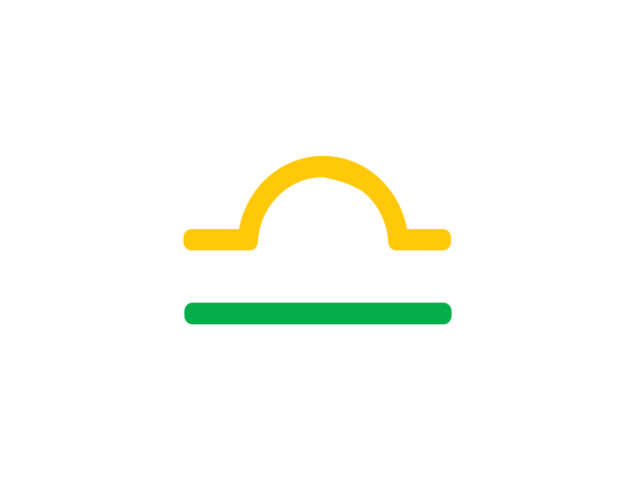In today’s information-obese world, book reading has become a refuge from my click-happy, easily distracted, multitask-ery. But as books extend their reach into the digital landscape through the Kindle, iPad and the new Barnes & Noble Nook, I have to wonder: Does a book by any other platform still smell as sweet?
The Internet and digital media have often been blamed for the decline of children’s interest in reading books. In a 2007 report by the National Endowment for the Arts, To Read or Not to Read: A Question of National Consequence, Chairman Dana Gioia warned: “Whatever the benefits of newer electronic media, they provide no measurable substitute for the intellectual and personal development initiated and sustained by frequent reading.” The NEA report provides a picture of Americans reading less, and reading less well. The Kaiser Family Foundation’s 2010 survey on kids’ digital media utilization further substantiates this decline in reading: since 2004, the proportion of children age 8-18 reading print media dropped by 7%, and the average amount of time spent reading also fell.
These trends have caused alarm among many education advocates because of the important links between literacy rates and a child’s lifelong success. Literacy is directly related to high school drop out rates and crime, and other important developmental metrics. In fact, the number of books in a household is as good an indicator of a child’s educational attainment as parents’ education level and household income.
It is undeniable that literacy is a foundational skill all children must master to succeed, but when it comes to the “Books vs. Digital Media” debate, are we judging digital reading by its cover? Unlike print media, digital texts have huge potential to engage young readers in stories with richer interactions. Some ebooks offer children the ability to interact with texts and narratives by letting them manipulate letters, words, and stories. Some of these platforms also have the functionality to inspire readers to express themselves through text, visual and audio recording. This technology can help kids express themselves so that they can both consume and create stories.
However, research such as the NEA report commonly includes print media exclusively. Although the Kaiser study did explore how much time kids spend reading online versions of newspapers and magazines, it did not go so far as to measure reading on other digital media platforms. If we applied the same methodology to track my reading habits, for example, we would likely capture less than 20% of the amount of time I spend reading weekly.
Unless we adapt how we are measuring reading and the quality of reading experiences for a digital age, we will face a huge gap in the research literature on literacy. Without comprehensive metrics and data on children’s reading habits on digital platforms, we will be less prepared to anticipate the future of reading, and consequently weaken our ability to overcome the literacy crisis.
Researchers and educators are beginning to explore the new reading landscape with kids:
New Literacies Research Team, University of Connecticut: Led by Don Leu, the team investigates new literacies and online reading comprehension.
Scholastic Kids & Family Reading Report (2010): National bi-annual survey or kids and parents behaviors and attitudes toward reading. Among the results, the report found that technology could be a positive motivator to get kids reading.
Family Story Play: Reading with Young Children (and Elmo) Over a Distance by Hayes Raffle, Rafael “Tico” Ballagas, Glenda Revelle, et al. (Nokia Research Center, Sesame Workshop and Cooney Center) (2010): Investigated a shared reading experience between children and their parents with a remote grandparent over video conferencing, mediated by Elmo.
Institute of Museum & Library Services and MacArthur Foundation Youth Learning Labs: Announced in September as part of President Obama’s Educate to Innovate campaign, IMLS and MacArthur will create 30 new Youth Learning Labs in museums and libraries across the country modeled after Chicago’s YOUMedia.
eBooks: Libraries at the Tipping Point Conference: Virtual conference held in September by the Library Journal and School Library Journal to discuss the evolving concept of books in a digital world.
The knowledge gap: Implications of leveling the playing field for low-income and middle income children by Susan Neuman and Donna Celano (2006): Offers evidence of a “scaffolding gap,” children using libraries in middle-income neighborhoods used computers to go to print sites while children in low-income neighborhoods used the Internet to look at pictures with no print on the screen.
As the eBook reader market continues to heat up, we need to re-examine what reading means in a digital age to more effectively reach struggling learners. With the heaviest media users (kids that consume more than 13.5 hours of media a day) also reporting lower grades and higher rates of unhappiness and boredom than other kids, digital platforms could be an important tool to reach these kids where they are.
A better understanding of reading on new platforms will not only influence how we can best reach struggling readers, but it will also shape how reading is taught and push us to rethink the role of libraries and other educational institutions outsides school that support literacy. Let’s stop judging text by its cover, and figure out which platforms—both analog and digital—are best for supporting children’s literacy skills.
Ann My Thai is the Assistant Director of the Joan Ganz Cooney Center at Sesame Workshop. She is also the lead author of the Center’s report on digital games and children’s health and learning, Game Changer.




